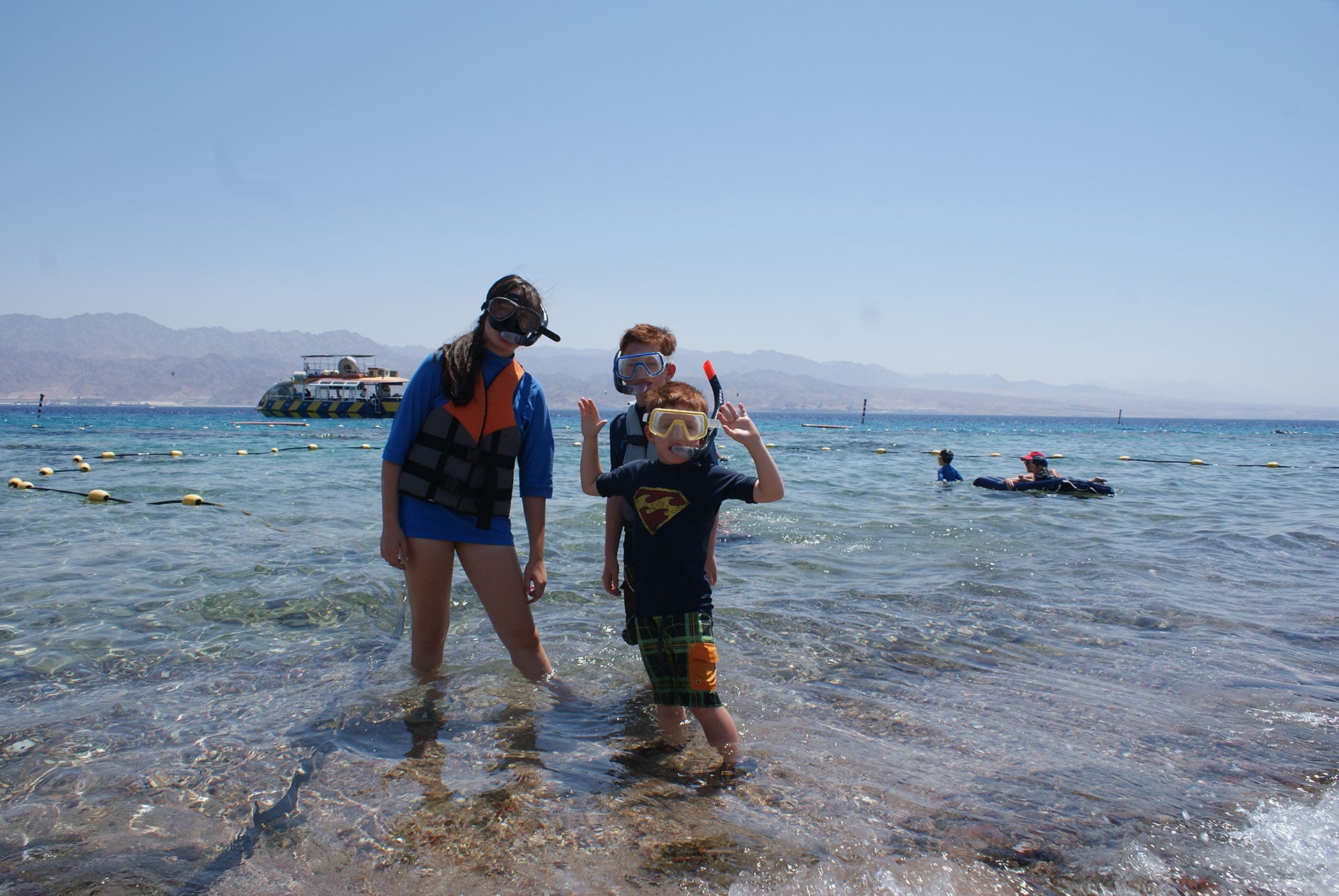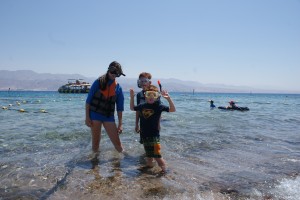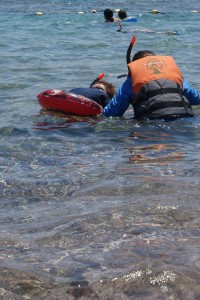As soon as you reach Beersheba you know that you are in a very different part of Israel. The landscape turns brown, from time to time you may see Bedouin tents scattered about and you may even see camels grazing. South Israel is desert and after Beersheba there is very little apart from baking plains, valleys, hills and canyons.
The Negev Desert:
The Negev stretches all the way to Eilat, about 300km away. This huge piece of Israel is fantastic for hiking and jeeping. Except in summer. The Society for the Protection of Nature in Israel (httpss://aspni.org) runs hikes suitable for families every week during spring, fall and winter, often to this area and they are well worth seeking out. There are a number of incredible archeological sites – the Spice Route (that included Petra in Jordan) made its way through ancient settlements such as Shivta, Mamshit and Avdat. These are all UNESCO World Heritage Sites and are National Parks – but apart from Avdat, which lies directly on the main highway, the others are situated off the beaten track. They make for awesome exploring, but again, not in summer, unless one goes when they open the first thing in the morning.
Near Kibbutz Sde Boker one finds the tomb of David Ben Gurion, founder of modern Israel. The view from here is fantastic and one can even hike through the canyon below, by moonlight, during the new moon at various times of the year with the SPNI.
Mitzpe Ramon is a small town on the edge of the Ramon Crater, a huge natural phenomenon – there is a Bedouin encampment (that really exists for tourists) in the crater and one can visit and enjoy a meal over here.
Our trip however was in mid-summer, and so we skipped all of the above, since the heat would have made them unbearable. In summertime, Eilat is the main drawcard of the desert region by a long way.
Eilat is Israel’s resort city – it basically exists for tourism and lies on the Gulf of Eilat on the Red Sea directly opposite the Jordanian city of Aqaba. The tourist center is a jungle of huge, very elaborate and very pricey resort hotels. Eilat is a hugely popular destination, and it really does feel far removed from the rest of the country in many ways – in addition to the distance from the major cities (which is immense for Israel) there is a party atmosphere and the whole place feels like it’s on holiday all the time. Don’t come here if you are looking for quiet or to get away from it all – the whole country seems to converge on this spot in summer and its very busy. It is hot – very hot – often over 40 degrees even at night, and most people spend all their time in or next to the water, whether it is the hotel pool or the sea.
The kids absolutely loved the sea. We ignored the main beaches and went to the Coral Beach National Park, where an entry fee means that it is empty most of the time, and for a small fee we hired snorkel equipment. The sea here is full of fish! Millions of them, in all colors, everywhere. I swam and snorkeled with the older kids along a piece of reef that has seen better days but which still is home to incredible fish life, while Eitan, who was only 5, stayed in the small cordoned-off beach area for kids and saw many fish swim right past him the whole day! We found it very strange though, that while the National Park provides life vests for kids aged 8 and up, it has none for younger kids – the explanation was that they are not covered by insurance but we felt that this was ridiculous, as younger kids have more of a need than older kids, so be warned and bring your own. We had an inflatable ring – not quite as good!
We spent two full days here. Parents must note that it is easy to dehydrate and so it is critical to keep drinking all the time and make sure your kids are drinking. When you are in the water it just doesn’t feel hot at all, but as soon as you step out you feel the heat immediately.
I was skeptical about Eilat before we went – we usually don’t like to go where the crowds are, but Coral Beach proved to be an incredible place to spend our time as we managed to escape the crowds completely.
Neighboring Countries:
Sinai (Egypt) : Eilat is only a few kilometers from the Egyptian border. Many Israelis and foreigners cross the border in droves to visit neighboring Sinai, which must be one of the best places to snorkel and dive in the world. One can take a taxi on the other side of the border to the resort town of Dahab or even further South. Sinai use to be far quieter than Eilat but there has been a huge amount of development in recent years. One should also check the political and security situation on the ground before going.
Petra and Wadi Rum (Jordan): Eilat is also a stones throw from the Jordanian border and almost everyone who visits Eilat takes a day trip to see the incredible ancient city of Petra. We didn’t go on (I had been before) – again, I was wary of the heat . Nevertheless, it remains extremely popular , even in summer – it really is all about timing – if you can see the sights before the heat of the day then you should be fine. But once it gets to noon, there is little point. I’d say, that if you were in the area for that once in a lifetime visit, go to Petra whatever the weather – it is incredible. Nearby is Wadi Rum – a fantastic desert area where one can sleep in tents, go on camel rides or 4X4 trips or hike. It is well worth going, but I wouldn’t go in summer!
We loved it in Eilat – it was very busy, but those two days amongst the fish at Coral Beach were incredible.
These days I plan great family trips to Israel and Jordan. Click here for more info.



